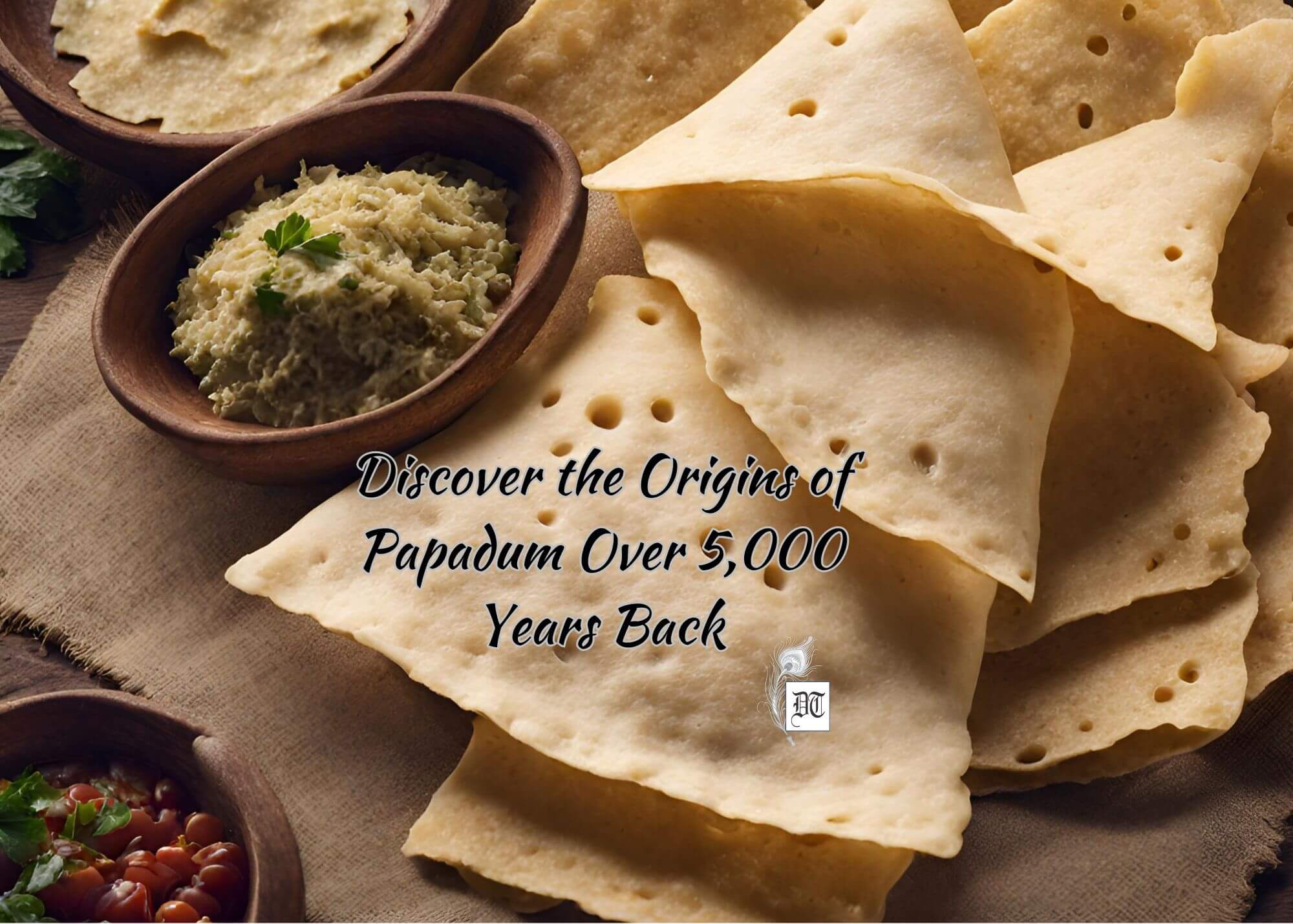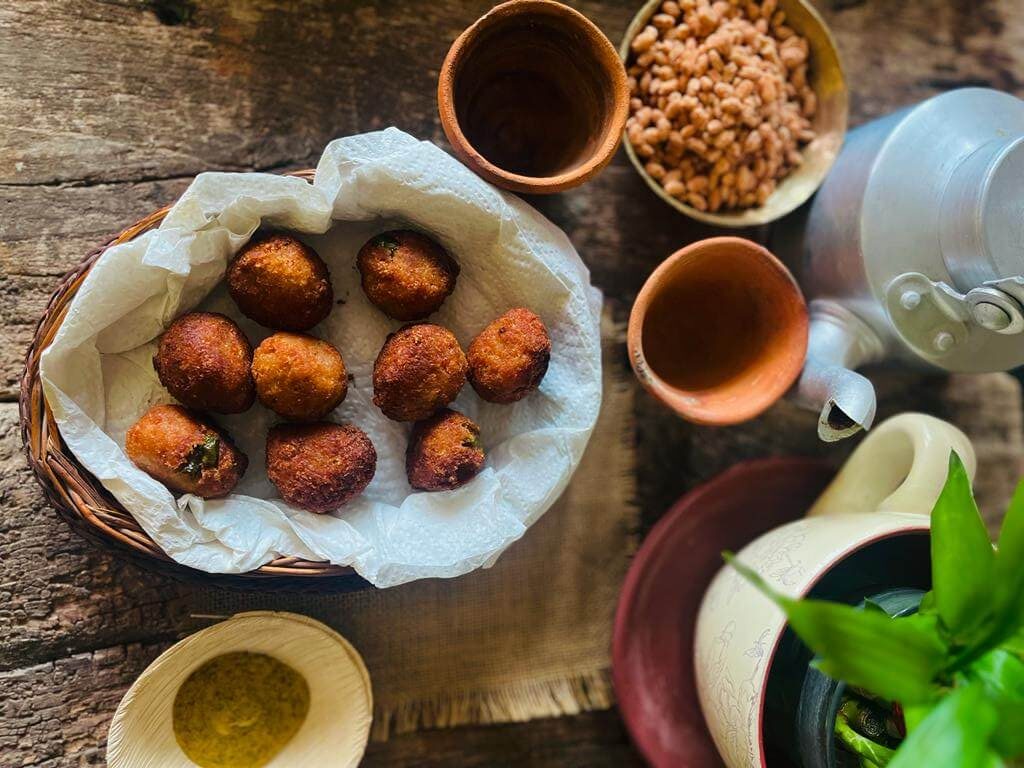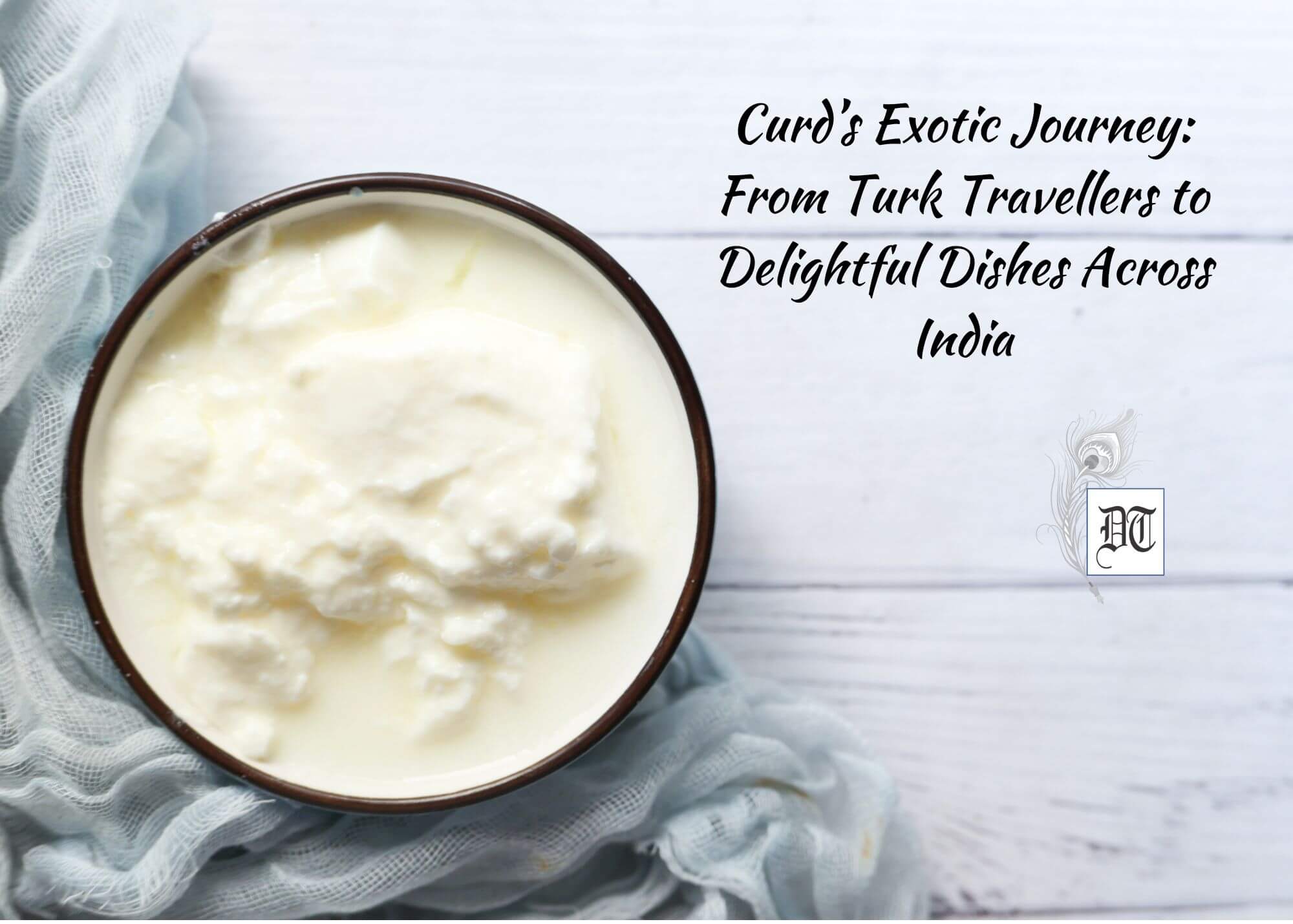The exact country of Ker’s origin is impossible to pinpoint. The fruit’s native habitat is wide. Many caper variants are native to the basin of the Mediterranean Sea, parts of North Africa and Central Asia. Caper’s use as a condiment was popular as far back as 5000 years ago. Lily tells us more about these, in the regular column, exclusively in Different Truths.
The story of Ker Sangri is the story of surviving in the Thar Desert.
I talk today about a very inconspicuous berry that I used to chance upon in my grandma’s pickles. It is called dela in Punjabi. It was tiny and I could never understand what it actually tasted like since it was smothered in spices. Popularly known as Ker, the word would draw blank stares from anyone living in the southern parts of the country.
 On the other hand, if you mention Ker to a Rajasthani, they would take you into their home and serve you their most favoured vegetarian dish, Ker Sangri. Ker is a kind of caper and Sangri is a desert bean. Together they combine to make one of the most popular dishes. The Ker is softened by soaking and boiling the fruit. Tossed together in oils, and spices like cumin, ginger, garlic, masala, yogurt, dried mango, coriander leaves and chilli.
On the other hand, if you mention Ker to a Rajasthani, they would take you into their home and serve you their most favoured vegetarian dish, Ker Sangri. Ker is a kind of caper and Sangri is a desert bean. Together they combine to make one of the most popular dishes. The Ker is softened by soaking and boiling the fruit. Tossed together in oils, and spices like cumin, ginger, garlic, masala, yogurt, dried mango, coriander leaves and chilli.
Capparis Decidua is a kind of caper which is a tough, hardy, no-frills shrub. It has to be a warrior to survive the harsh desert conditions of the scorching Indian Thar Desert. North Indian communities consider it important because the tree offers solace and shade from the burning sun, it provides food for the locals and their livestock besides preventing soil erosion. It provides employment during harvesting, can be used for building material and provides herbal medicinal remedies.
Some tribes consider it holy. Newly married couples offer prayers to this caper tree. These trees are planted throughout cemeteries and crematoriums.
The exact country of Ker’s origin is impossible to pinpoint. The fruit’s native habitat is wide. Many caper variants are native to the basin of the Mediterranean Sea, parts of North Africa and Central Asia.
Caper’s use as a condiment was popular as far back as 5000 years ago. The ones which we use in the famous Ker Sangri of Rajasthan are closest in relation to the capers found in Sudan, South Africa, Somalia, Senegal, Pakistan, Nigeria, Jordan, Iran, Ethiopia, Egypt, and Chad.
Ker is most at home in the arid North Western regions of India, where it grows wild and unattended. In the rural economies of Gujarat and Rajasthan, Ker is a staple. Jodhpur and Bikaner alone produce 7000 tonnes of this fruit.
The fruit is truly significant as it can survive in places where no other vegetation grows.
Ker can be seldom eaten straight away as it is acrid and bitter. Heating and pickling change its bitterness to a zesty, piquant flavour.
According to a study published in the Indian Journal of Traditional Knowledge, pickled fruits treat constipation. The plant is a carminative, tonic, aphrodisiac and an appetite stimulant,
The bark treats inflammation, acute pain and roots treat fever and the buds alleviate boils.
In Sudan, parts of the shrub remedy jaundice and infections of the joints.
A 2012 study published in Asian Pacific journal of tropical medicine says that they inhibit metastatic cancer cells. Unripe Ker fruit cause significant reduction in plasma triglycerides, total lipids and reduced plaque formation.
Ker Sangri is a dish any household can serve, right from a simple rural home to a state banquet in Rajasthan. It is still an underrated dish on Rajasthani menu.
The Sangri is a pod or bean of the Khejri tree, whose roots go so deep as to store water for seven months. Ker Sangri is great for traveling for its seasoning is like a pickle. It is quintessentially Rajasthani, but if you have the nose, you may find it in Burra Bazaar, Kolkata, Khari Baoli, Old Delhi, Sahukarpet in Chennai.
San gri is a must in Rajasthani households on the Sitla Ashtami. It can be eaten for several days after it has been cooked without refrigeration.
gri is a must in Rajasthani households on the Sitla Ashtami. It can be eaten for several days after it has been cooked without refrigeration.
Though Ker Sangri finds top billing in restaurants it is no longer a staple in Marwari homes, as it’s not an easy task to prepare it. The tastier version has too many spices.
The Sangri should be thin and not be allowed to change colour while being cooked. The Ker should be small and still yellow!
Marwaris abroad get an urge to eat it when homesick. Gujarati Jains eat it during the fasting period of Padushan.
To tell you all the truth, I have never tasted it but writing and researching this column has made me try and sample this saviour of the desert vegetarians.
©Lily Swarn
Photos from the Internet
#KerSangri #TharDesert #MedicinalFood #Vegetarian #Vegetation #CapparisDecidua #Caper #HistoryAndMystryOfFood #DifferentTruths





 By
By

